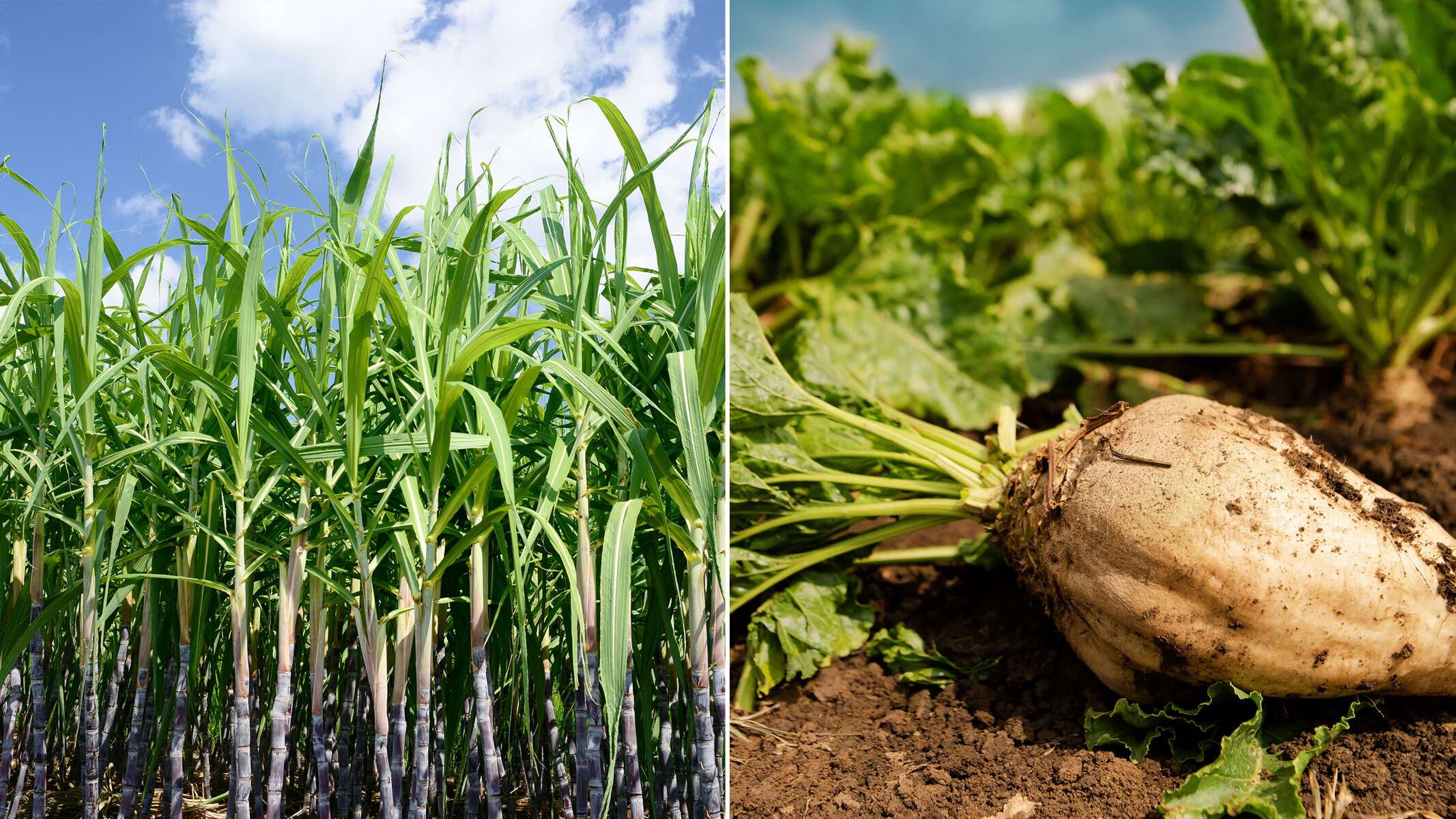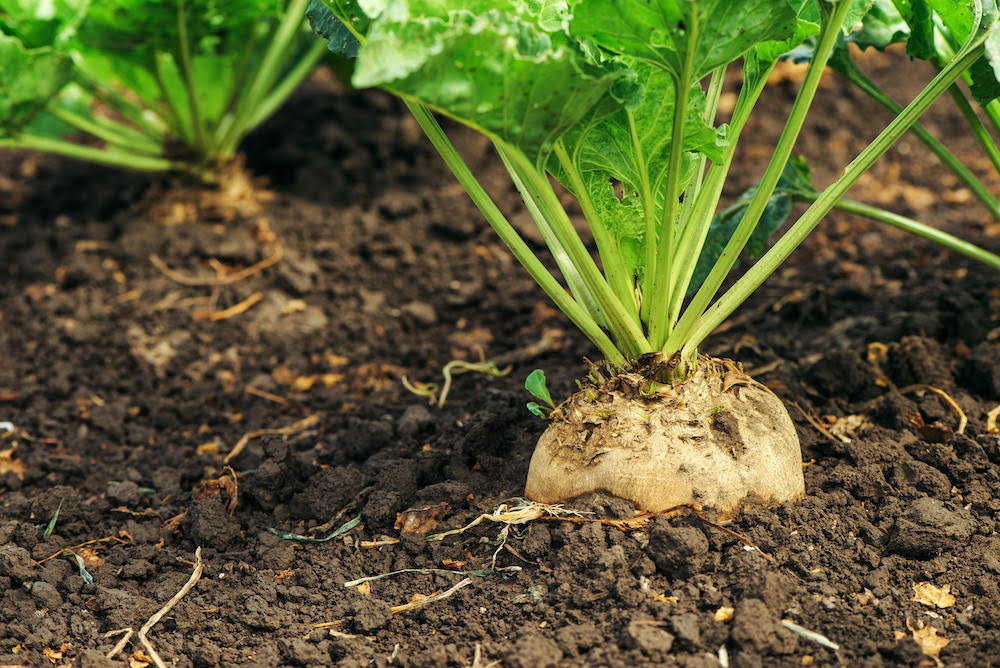Comprehending Sugar Beet Vs Sugar Cane: Secret Differences and Their Significance in the Global Sugar Sector
The distinctions in between sugar beet and sugar cane are substantial in the context of the global sugar sector. Their differing climatic requirements influence where they can be grown, while their one-of-a-kind nutritional accounts affect consumer choices. In addition, the economic ramifications of each crop form market characteristics. Understanding these distinctions is essential for understanding the broader influences on production and supply chains. What more complexities arise when considering their functions in the sector?
Climate and Geographic Versatility
Sugar beet and sugar cane display unique environment and geographic flexibility that influences their farming. Sugar beet flourishes in temperate environments, calling for amazing weather for ideal growth. It is mainly grown in areas such as Europe and The United States And Canada, where conditions prefer its development throughout spring and autumn. On the other hand, sugar cane flourishes in tropical and subtropical climates, necessitating warm temperature levels and plentiful rains. This plant is chiefly cultivated in nations like Brazil, India, and Australia, where the environment supports its long growth cycle.The varying versatility of these crops affects not only their geographical circulation yet likewise the agricultural techniques employed by farmers. Sugar beet's resilience to chillier temperature levels enables earlier planting, while sugar cane depends on a much longer expanding period to attain optimal return. Understanding these climatic preferences is crucial for enhancing production and making sure food protection in areas depending on these crucial sugar sources.
Cultivation and Collecting Techniques

Growing sugar beet and sugar cane entails distinctive strategies customized to every plant's certain development demands. Sugar beet is commonly sown in awesome, pleasant climates, needing well-drained soil and specific spacing to enable ideal root development. Sugar beet vs sugar cane. Farmers frequently employ mechanical planters to ensure consistent seed positioning, followed by regular watering and weed management practices to support growth.In comparison, sugar cane prospers in warmer environments and is normally circulated with stem cuttings rather than seeds. Growing takes place in rows, enabling for sufficient sunshine and air flow. Harvesting sugar cane is labor-intensive, often entailing manual cutting or the usage of specialized machinery, depending upon the range of manufacturing. Conversely, sugar beet harvesting employs mechanical harvesters that remove the origins from the dirt, decreasing damages and ensuring a cleaner product. Both crops demand mindful monitoring to take full advantage of yield and quality, reflecting their relevance in the international sugar industry
Handling Techniques and Performance
Processing methods for sugar beet and sugar cane expose vital distinctions that affect performance and yield. Sugar beets undertake a series of actions, starting with slicing the root into slim cossettes, complied with by removal of juice with diffusion or pressing. This juice is after that detoxified, concentrated, and taken shape, leading to granulated sugar. The process generally takes concerning 5-10 hours from gathering to crystallization.In contrast, sugar cane handling includes squashing the stalks to draw out juice, which is after that heated up and clarified. The juice undertakes evaporation and crystallization, commonly taking longer than beet handling because of the fibrous nature of the cane. Furthermore, sugar cane can be processed continually, enhancing performance.
Economic Influence and Global Production Patterns
The distinctions in handling methods in between sugar beet and sugar cane not only influence efficiency but also have significant economic ramifications. Sugar cane dominates in tropical regions, supplying reduced manufacturing expenses because of positive climatic problems and lower energy requirements. In contrast, sugar beet is largely grown in warm zones, where greater manufacturing costs are commonly sustained. This geographical difference impacts international supply chains, influencing pricing frameworks and availability.Recent click to read more patterns indicate a fluctuating global need for sugar, with both plants experiencing rate volatility. As countries goal for self-sufficiency, financial investments in local sugar beet manufacturing have increased, specifically in Europe and The United States And Canada. At the same time, establishing countries remain to count heavily on sugar cane, driven by export capacity. Generally, the financial impact of these plants is extensive, forming agricultural policies, profession contracts, and the sustainability of the global sugar sector.
Nutritional Profiles and Health And Wellness Considerations
While both sugar beet and sugar cane serve as key sources of sucrose, their nutritional profiles and health considerations vary significantly. Sugar cane, usually perceived as an extra all-natural sweetener, contains trace amounts of vitamins and minerals, including calcium and potassium, along with anti-oxidants. In contrast, sugar beet is largely composed of sucrose with minimal nutritional value, but it is rich in fiber and certain phytonutrients, which might use gastrointestinal benefits.Health factors to consider bordering both sources concentrate on their high glycemic index and potential ramifications for excessive weight and diabetes mellitus. While both kinds of sugar add to calorie consumption, the processing techniques can affect their health and wellness influence. Sugar beet generally goes through considerable refining, while sugar cane might preserve even more of its all-natural compounds in much less processed types, such as raw cane sugar. Ultimately, moderation is key when integrating either into a well balanced diet plan.
Frequently Asked Questions

Which Areas Mainly Expand Sugar Beet Versus Sugar Cane?
Areas primarily growing sugar beet include Europe More Help and North America, while sugar cane flourishes in exotic and subtropical areas such as Brazil, India, and Southeast Asia. Climate and dirt problems considerably influence these agricultural patterns.
Just How Do Sugar Beet and Sugar Cane Differ in Taste?

What Prevail Byproducts of Sugar Beet and Sugar Cane?
Typical byproducts of sugar beet include molasses and animal feed, while sugar cane yields bagasse, molasses, and ethanol. Both crops add considerably to various sectors, improving sustainability and economic worth past their key sugar manufacturing.
How Do Environmental Variables Impact Sugar Beet and Sugar Cane Yields?

What Is the Historical Value of Sugar Beet and Sugar Cane Cultivation?
The historic importance of sugar beet and sugar cane growing hinges on their duties in worldwide economic climates, farming practices, and profession. Both plants formed social structures, influenced colonial plans, and contributed to the development of modern markets.
Comments on “Sugar beet vs sugar cane: Pros and cons for agribusinesses”